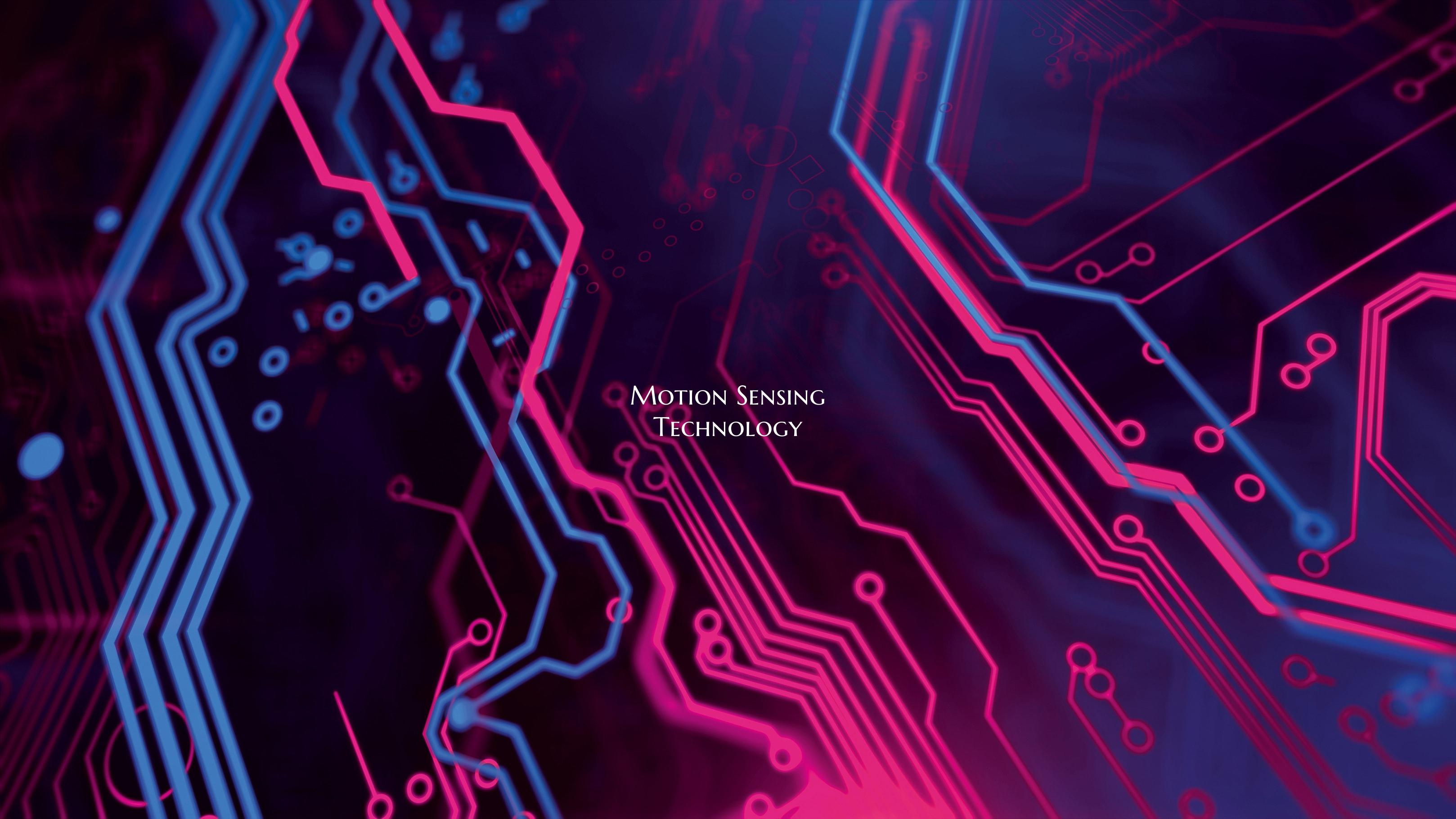Motion Sensing Technology
Motion sensing technology has quickly become a ubiquitous feature in our daily lives, revolutionizing the way we interact with various devices and systems. From video game consoles to smartphones, smart home devices, and even healthcare equipment, the applications of motion sensing technology are vast and diverse.
At its core, motion sensing technology enables devices to detect movements and translate them into meaningful inputs or commands. This technology can be based on a variety of sensors, such as accelerometers, gyroscopes, and infrared sensors, which work together to capture and interpret different types of motions.
One of the key benefits of motion sensing technology is its ability to enhance user experiences. For instance, in the realm of gaming, motion sensing controllers have enabled a whole new level of immersion, allowing players to physically engage with virtual environments and characters. Similarly, in the healthcare sector, motion sensors are used to monitor patients' movements, enabling remote health monitoring and early detection of potential issues.
Furthermore, motion sensing technology plays a crucial role in the development of smart homes and Internet of Things (IoT) devices. By incorporating motion sensors into household appliances and systems, such as lighting, security cameras, and thermostats, homeowners can enjoy greater convenience, energy efficiency, and security.
In addition to consumer applications, motion sensing technology is also making significant strides in industries such as robotics, manufacturing, and automotive. Robots equipped with advanced motion sensing capabilities can perform complex tasks with precision and efficiency, while motion tracking systems are used in factories to streamline production processes and enhance worker safety.
Looking ahead, the future of motion sensing technology is incredibly promising. As sensor technologies continue to evolve and become more sophisticated, we can expect to see even more innovative applications across various sectors. From healthcare and gaming to smart cities and autonomous vehicles, motion sensing technology is poised to continue shaping the way we live, work, and interact with the world around us.

